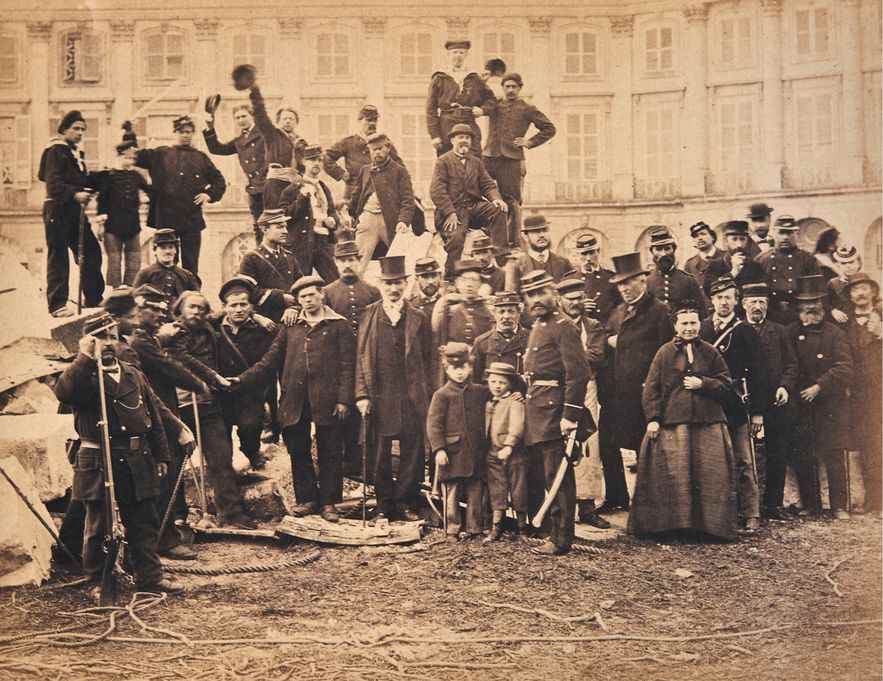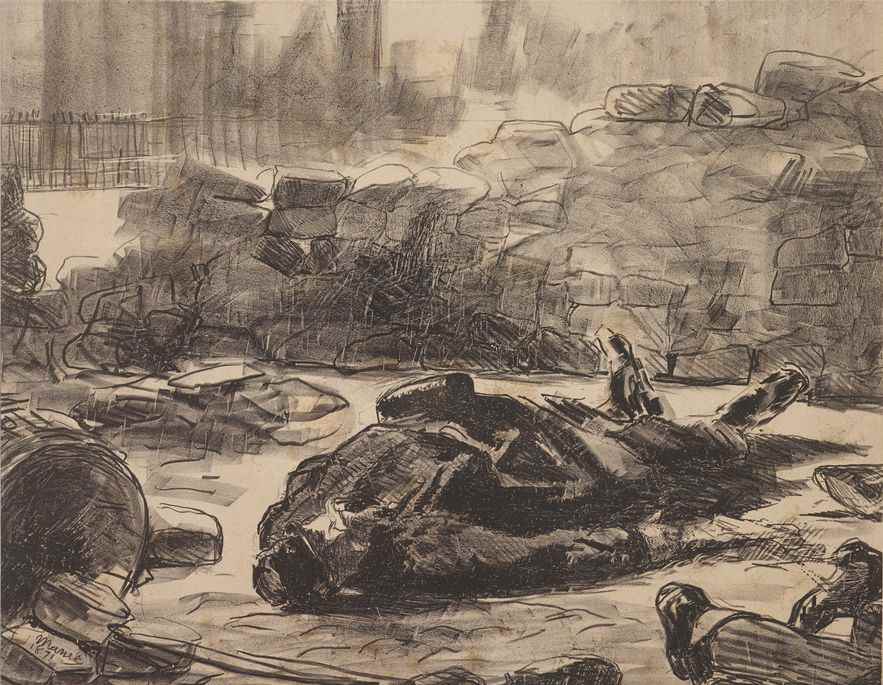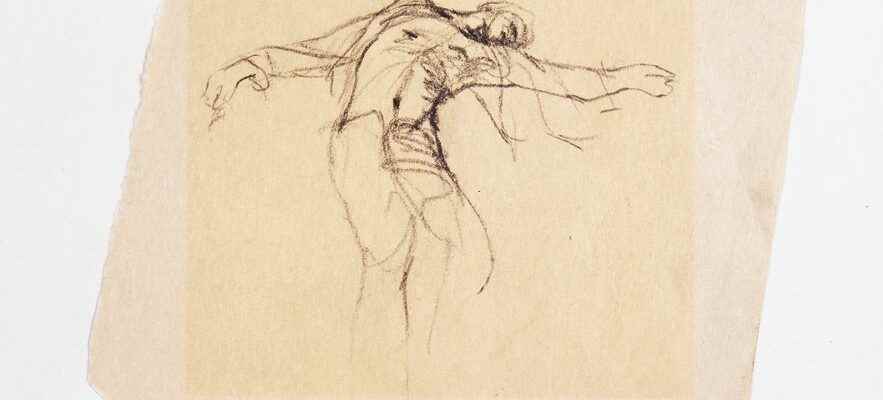“As soon as she arrived in Paris on March 28 or 29, 1871, she captivated. She was 20 years old, she spoke quickly, in a high-pitched voice, rolling her r’s, she was the Russian Lady […] She chose action and in less than two weeks, on April 11, 1871, with Nathalie Le Mel, she united the communardes into a Union of women…” The writer and journalist Sylvie Brabant, who signs these lines evoking the figure of ‘Elisabeth Dmitrieff is one of the contemporary authors called upon by the Paul-Eluard museum in Saint-Denis to offer an echo of the period images that the Dionysian institution possesses in number: it is one of the most important collections, rich of 15,000 works on the Commune of 1871, which come to be consulted by researchers from all over the world. Drawings, prints, posters, newspapers, photographs, correspondence, paintings, sculptures or reliquaries offer testimonies, little known to the general public, on this crazy period seventy-two days.
Anne Yanover and Laure Godineau, co-curators of the exhibition Insurgents! did not want to unfold yet another museum tour of the Commune, but rather “open up new possibilities of thought”. From where these points of view of today which mark out the problems raised here: the Republic, the democracy, the popular sovereignty, freedom, the authority, the emancipation… So many questions attached to the insurrection. Women, like Elisabeth Dmitrieff, are also at the heart of the circuit which claims its desire to make them visible, such as they were in 1871, anonymous or famous, combatants or not. Authors, journalists or historians have therefore looked into these characters, actors or witnesses of riots limited to less than three months.
Ernest Pignon-Ernest, “La Commune 1971. Corpse arms outstretched” (black chalk and pencil on paper), 1971.
/ © Adagp, Paris, 2022
The Commune, a “reference” of social struggles
Before them, contemporary artists were interested in them, such as Ernest Pignon-Ernest who, in the early 1970s, depicted them on large serigraphs stuck on the steps of the Sacré-Coeur, recumbent figures lying next to each other, whose preparatory drawings, extracted from the reserves of the Paul-Eluard museum, are exceptionally shown to visitors. Argentinian artist Sergio Vega photographs the scene of the events and transcribes, via charcoal drawings, the repressions that took place there during the bloody week of May 21 to 28, the deadliest phase of the civil war. The cartoonists Raphaël Messian and Tardi recall it, for their part, in bubbles, while the designer Eloi Valat summons the insurgents in an enigmatic meeting of hands.

Bruno Braquehais, “Groupe de fédérés” (albumen print), 1871.
/ © Paul Eluard Museum of Art and History, Saint-Denis
As for direct witnesses, Bruno Braquehais was in the front line. Photographer, deaf-mute from birth, he machine-gunned the Commune from every angle, becoming a pioneer of photo-journalism. We owe him more than a hundred shots, astonishingly true, sometimes taken with the delayed effect inherent in the technique of the time, when instantaneous capture was not yet current. His visual testimonies are no less valuable, like his key images of the fall of the Vendôme column on May 16.

Edouard Manet, “Civil War” (lithograph on paper), 1871.
/ © Paul Eluard Museum of Art and History, Saint-Denis
The Commune, and it is partly thanks to Braquehais, very quickly had an international impact. The bloody week was thus relayed in Europe, the United States, Australia, India, Brazil, Mexico, becoming “a reference in many social or political struggles of the time”, underlines the historian Quentin Deluermoz, author requested by the museum team, which drives the point home: “Thus very early on, multiple ‘Commons’ emerge which make it possible to question the part of the universal that the experience perhaps carried within it.”
